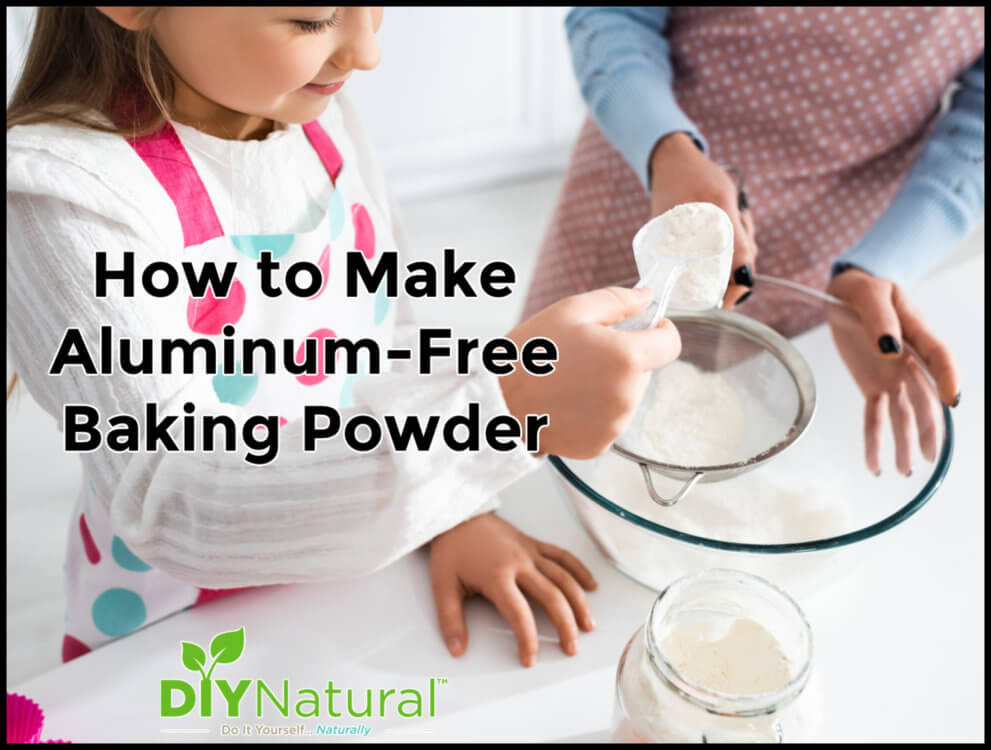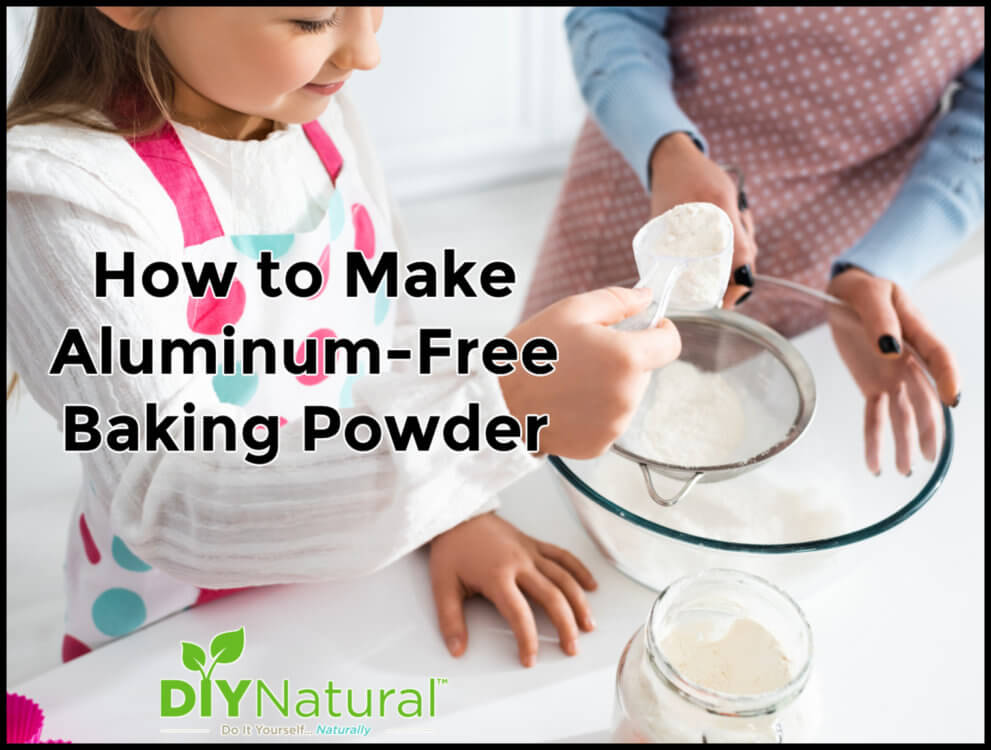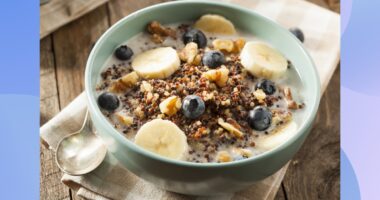

Learning how to make baking powder is very simple. You can make a homemade, aluminum-free DIY baking powder by sifting together 3 ingredients!
During the holidays, I love to bake. Well, any time of the year I do a lot of baking, but especially in the winter. Maybe it’s the need for warmth or the memories of baking with Mom and Grandma as a child. Whatever the reason, I bake!
One of the key ingredients in a lot of quick breads, cookies, and biscuits is baking powder. I’m finding a lot of commercial brands contain aluminum and we can’t have that! So let’s learn how to make baking powder that is aluminum-free.
What is Baking Powder?
Baking powder is a common ingredient in bread and desserts. It helps with leavening or making things rise. This is important in quick breads, like banana bread and biscuits. Bakers also use it in cookies to help them rise a bit before setting. Without it, a lot of your baked goods would turn out flat and dense. It adds a fluffiness that you can’t get from much anything else.
3 Ingredients in DIY Baking Powder
Baking Soda
Baking soda is one of the main ingredients in baking powder. The base or alkaline nature of baking powder reacts with acids, like milk, for example, to form carbon dioxide. This then forms bubbles in the mix, making it fluffy, improving texture, and adding volume.
Cream of Tartar
Along with baking soda, cream of tartar is the other essential ingredient. This provides acid for the base of the baking soda to react with. In recipes containing water as an ingredient, this is especially helpful to provide lightness. Cream of tartar, or potassium bitartrate, is useful as a weak acid. It’s also used in bath bombs to make them harder and in cookies to provide a light, tender cookie. Amazing, versatile stuff!
READ RELATED: Fermented Vegetables: Simple and Probiotic-Rich!
Making baking powder
As it turns out, baking powder is really easy to make. And I mean really easy. We commonly say our recipes are easy to make, and most are. But this recipe is definitely at the top of the simplicity list!
Sift ingredients together and store your homemade baking powder in an airtight jar. It will keep for about a year. Some recipes also call for cornstarch to keep it from clumping together. I store mine in pint jars with tight-fitting lids and never have a clumping problem. You can use arrowroot powder in place of cornstarch or just omit it altogether. The cornstarch and arrowroot can help deter clumping.
To test it, drop a small amount into a cup of warm water. If it fizzes, it’s still good.
Why Do They Use Aluminum?
Some commercial brands contain aluminum. Aluminum phosphate is a weak acid, like cream of tartar, and is more readily available. It was commonly used to react with the baking soda but has not been used as much in recent years. There is a possible link between aluminum and Alzheimer’s Disease, although that is being studied more.
There is also some evidence that aluminum is a byproduct of heating baking powder at higher temperatures. They do this in some humid locations to drive off moisture. The temperatures in your average oven don’t come close to the 1,000°F temperatures that commercial powder is heated to, so there is no need to worry when making homemade baking powder.
Since you never know how old baking powder found on the grocery store shelves is, now you can make your own! Happy baking!
*******
Source: DIY Natural – Food










